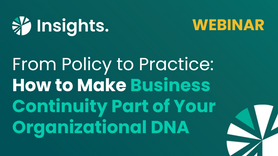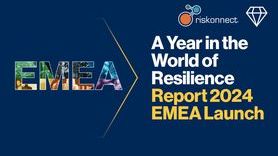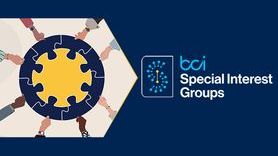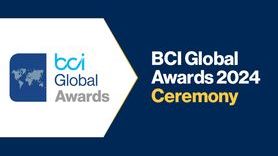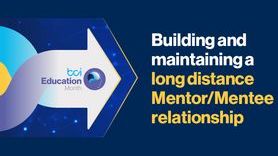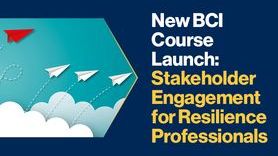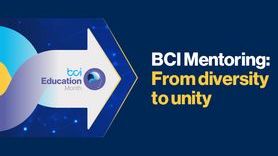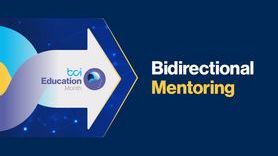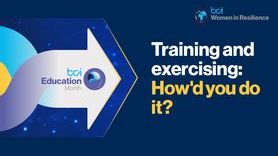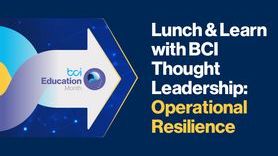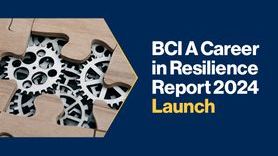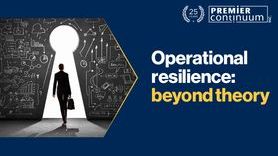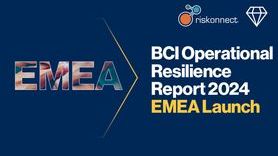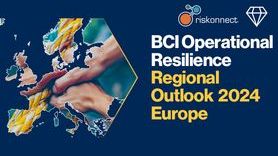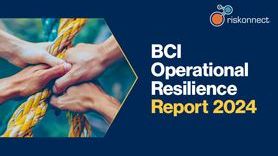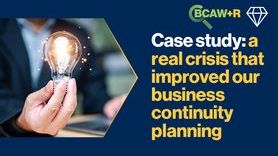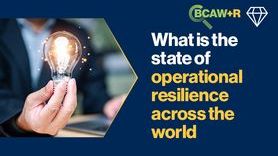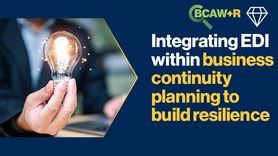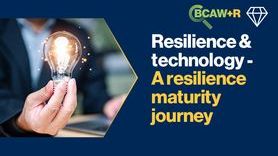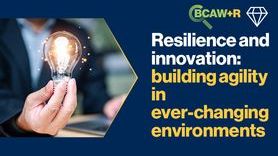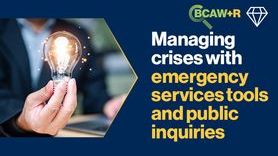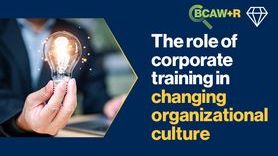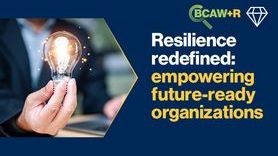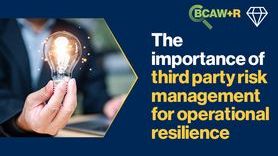BCI Resilience Framework 1.0: Adaptability, cyclical management, and applying the Core Principles to your organization
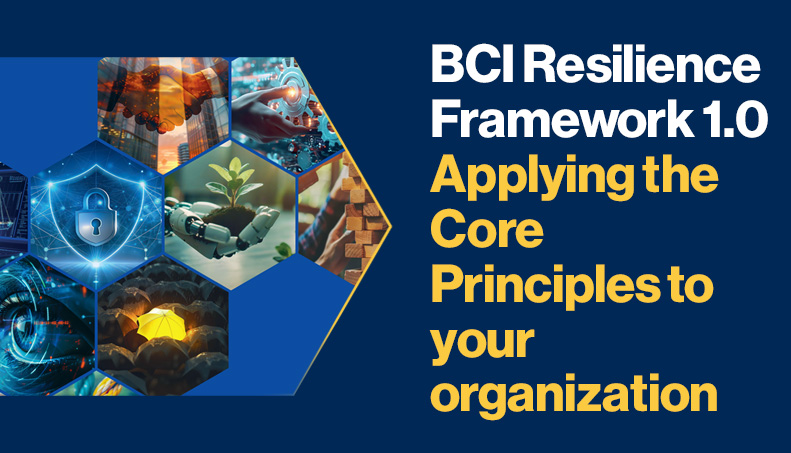
This month, we are releasing a series of articles showcasing the upcoming BCI Resilience Framework 1.0, ahead of its official launch at BCI World Hybrid 2024. In this article, we examine the final two guiding Core Principles and the Resilience Framework Cycle that demonstrates how resilience can be built at an organizational level. To review the first three Core Principles, you can refer to our previous article. The third article in our series provides an overview of the Core Principles 4-6.
Who is the Resilience Framework for?
The new BCI Resilience Framework 1.0 offers a strategic structure and framework cycle that organizations can use to enhance their resilience. It’s aimed at top leadership and practitioners that need to influence leadership, across all sectors and global regions. As such, the Core Principles are guiding fundamental concepts that any size organization can use to strengthen their resilience management and development.
Core Principle Seven: Adaptability is a characteristic of resilience
Core Principle Seven demonstrates that organizations should build the capacity to adapt, flex, or evolve following challenging circumstances. When adaption is considered in response to an incident, top leadership determines whether - and how- the organization needs to change or transform to be able to continue to deliver on outcomes.
The ability to adapt is also key to long-term sustainability and growth and it should be led by top leadership who decide what organizational adjustment is needed to continue to meet strategic targets as the external physical and operating environment changes.
Adaptability is a crucial part of the whole resilience cycle. It strengthens organizations and helps them to continue to provide the outcomes set by top leadership.
Core Principle Eight: Is always cyclical
Ensuring that resilience is a continuous cycle of reviewing, assessment, learning, and improvement is the basis of Core Principle Eight. This cycle, and its methods, must be led and determined by top management. The cycle may include such actions as testing, exercising, and reviewing outcomes to ascertain that the resilience strategies and solutions that have been put in place work as intended. It also involves responding to changes in the risks faced by the organization and its environment.
Part Two: Using the Core Principles
The Resilience Framework 1.0 document is split into two parts. Part One outlines the guiding strategic Core Principles and Part Two contains a framework cycle that supports organizations in applying the Core Principles to a resilience programme.
The Resilience Framework Cycle helps implement the Eight Core Principles in a structured way. It centres on the vital ‘Resilience is Led from the Top’ strategic concept and guides a pathway through understanding and assessing the current state of an organization’s resilience through to boosting its resilience via a continual improvement process.
The final two Core Principles explored in this article merge with the previously examined Core Principles, and the Resilience Framework Cycle, to support effective resilience initiatives and establish solid resilience programmes. Core Principle Seven demonstrates how adaptability is key as it ensures an organization can continue to meet its strategic objectives despite challenging circumstances and Core Principle Eight illustrates the cyclical nature of robust resilience initiatives that incorporate a continuous cycle of learning and improvement strategies. Part Two, The Resilience Framework Cycle, conveys how organizations of any size or type can use the strategic Core Principles in a structured way to develop or improve their resilience programmes.
Rachael Elliott, BCI Knowledge Strategist said:
“This final piece in the Resilience Framework suite of articles is arguably the one that practitioners will find the most relevant. Adaptability is one of the principles of resilience which came to the forefront during the pandemic, as organizations were forced to throw rulebooks into the air to adapt to the longevity and constant changes in how the virus was developing, both from a pathology perspective, as well as a business perspective. The final principle, emphasising a continual process of review and change is also a practice that most practitioners are now adopting as good practice in their day-to-day work. The final section of the framework - how to use the core principles - will also help practitioners support senior management in the implementation of the framework, personalising it to the needs and intricacies of their individual organizations and, effectively, ensuring implementation of the framework is a success.”
The full document will be launched just before BCI World Hybrid 2024 during a networking drinks reception on 29 October at the Leonardo Royal London Hotel Tower Bridge. For one night only, hard copies will be available at a cost of £40 for BCI members and £70 for non-members. After BCI World, members can download a free copy from the BCI website, while non-members can purchase their digital copy for £50.
Although registration for the physical conference is now closed, you can still sign up for the virtual event. We’re looking forward to welcoming our delegates who will have the chance to explore current and future industry trends, gain insights from resilience leaders on best practices, share opinions and ideas with fellow professionals, and network with a global audience.
Follow the link below to obtain your copy of the Resilience Framework.


